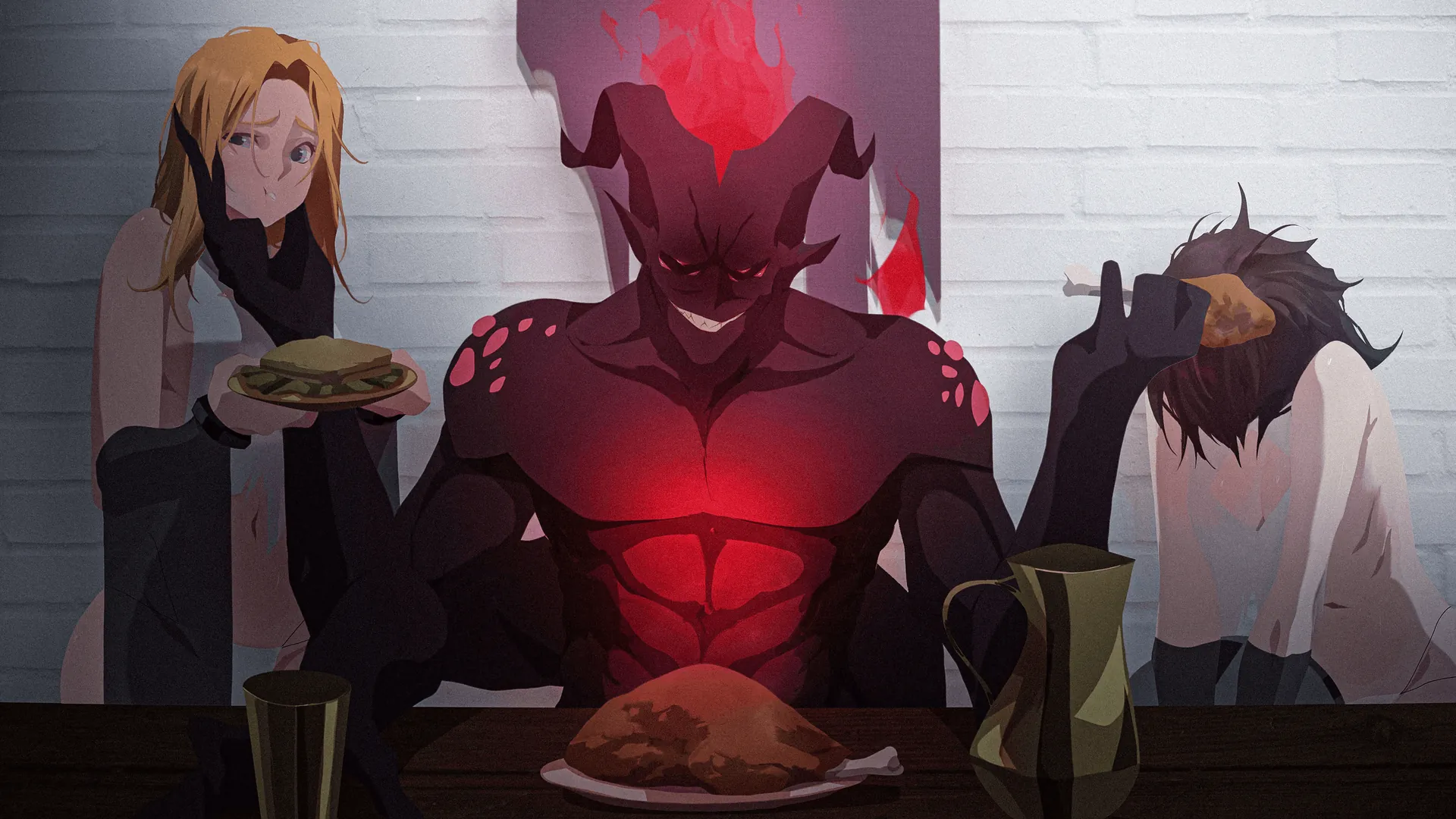
Play Bad Memories
Bad Memories review
Exploring the Story, Gameplay, and Impact of Bad Memories
Bad Memories is a distinctive interactive game that blends narrative depth with immersive gameplay, offering players a unique experience. This article explores the core elements of Bad Memories, including its story, gameplay features, and the emotional impact it delivers. Whether you’re curious about its mechanics or the themes it explores, this guide provides a comprehensive overview that captures the essence of Bad Memories and why it resonates with its audience.
Understanding the Story and Themes of Bad Memories
What is the narrative of Bad Memories?
Picture this: you wake up in a decaying Victorian mansion 🏚️, with no idea how you got there. Your only clues? Fragmented flashbacks of a tragic accident and a mysterious locket. That’s the unsettling start to Bad Memories, where you play as Alex, a photographer haunted by repressed trauma. The core Bad Memories narrative unfolds through environmental storytelling—like finding torn diary pages 📜 or distorted home videos—that reveal Alex’s guilt over her sister’s drowning.
As you explore, time shifts between past and present. One moment you’re solving puzzles in a sun-drenched 1990s bedroom; the next, you’re navigating shadowy corridors in the “now,” pursued by a creature symbolizing Alex’s grief 😱. The genius lies in how gameplay mirrors memory: hidden objects fade if you stare too long, forcing quick decisions. Lose focus, and you lose the truth—just like real trauma.
This Bad Memories story stands out because it avoids clichés. No zombies, no cheap jumpscares. Instead, it crafts tension through psychological unease. When Alex whispers, “I shouldn’t be here,” during a flashback? Chills. 🔥
How does the game explore emotional and psychological themes?
Bad Memories isn’t just spooky—it’s a masterclass in emotional depth. The Bad Memories themes dissect regret, survivor’s guilt, and how memory distorts truth. Remember that locket? Opening it triggers visions where Alex could’ve saved her sister but froze. These “choice memories” aren’t gameplay mechanics; they’re psychological traps making you complicit in her pain. 😔
The emotional themes in Bad Memories seep into every interaction. NPCs like Alex’s alcoholic mom aren’t monsters—they’re broken mirrors of her grief. Even the mansion’s layout changes based on your emotional state: hallways elongate when Alex feels trapped, rooms flood during panic attacks 💧.
| Theme | Gameplay Integration | Psychological Impact |
|---|---|---|
| Regret | Rewinding time to fix past mistakes (that always backfire) | Highlights futile guilt cycles |
| Memory Fragmentation | Puzzles requiring memory reassembly from scattered clues | Mirrors trauma recall |
| Self-Forgiveness | Dialogue choices where Alex confronts her younger self | Shows healing isn’t linear |
These psychological aspects in Bad Memories hit hardest in the “Attic Sequence.” To progress, you voluntarily step into a noose 💀—a literal surrender to despair. It’s brutal, but that’s the point: healing demands facing what terrifies you.
What makes the story of Bad Memories engaging?
Relatability. We’ve all replayed cringe moments at 3 AM, right? 😅 Bad Memories weaponizes that universal dread. Alex isn’t a superhero—she’s messy, flawed, and real. Her Bad Memories character development arcs from denial (“It wasn’t my fault!”) to accountability (“I have to live with this”). You guide her through stages of grief via subtle actions: burning denial letters or keeping a rose from her sister’s grave 🌹.
What truly elevates this game story analysis is player agency. Your choices don’t change the ending (the accident is fixed), but they reshape Alex’s coping. Help her avoid mirrors? She stays self-loathing. Encourage her to revisit the lake? She finds closure. It’s a profound lesson: we can’t erase pain, but we can choose how it defines us. 🙏
💡 Pro tip: Play with headphones! The audio design—whispers in static, distorted nursery rhymes—is key to the immersion.
I’ll never forget a Reddit user’s story: “After my divorce, I played Bad Memories obsessively. When Alex scattered her sister’s ashes in the lake, I sobbed for an hour. It was the release I needed.” That’s the magic ✨—it doesn’t just tell a story; it becomes your story.
The Bad Memories narrative succeeds because it respects players. No hand-holding, no moralizing. Just raw, unfiltered humanity—and that’s why we keep coming back. 💖
Bad Memories stands out as a game that combines a powerful narrative with immersive gameplay, creating an experience that stays with players long after they finish. Its exploration of complex themes through interactive storytelling offers both entertainment and emotional depth. For anyone interested in games that challenge the mind and touch the heart, Bad Memories is a must-try. Dive into the game yourself and discover the memories waiting to be uncovered.




























